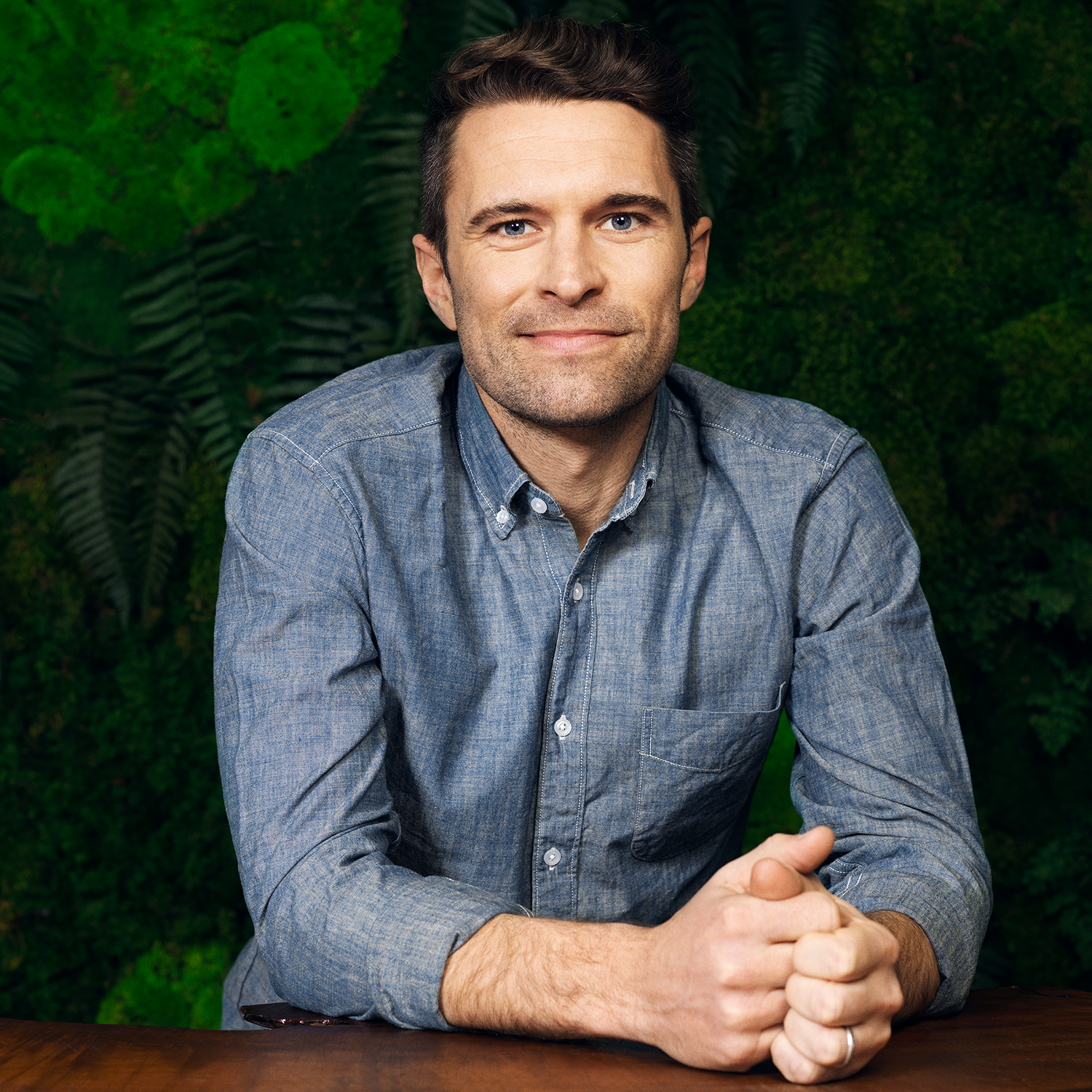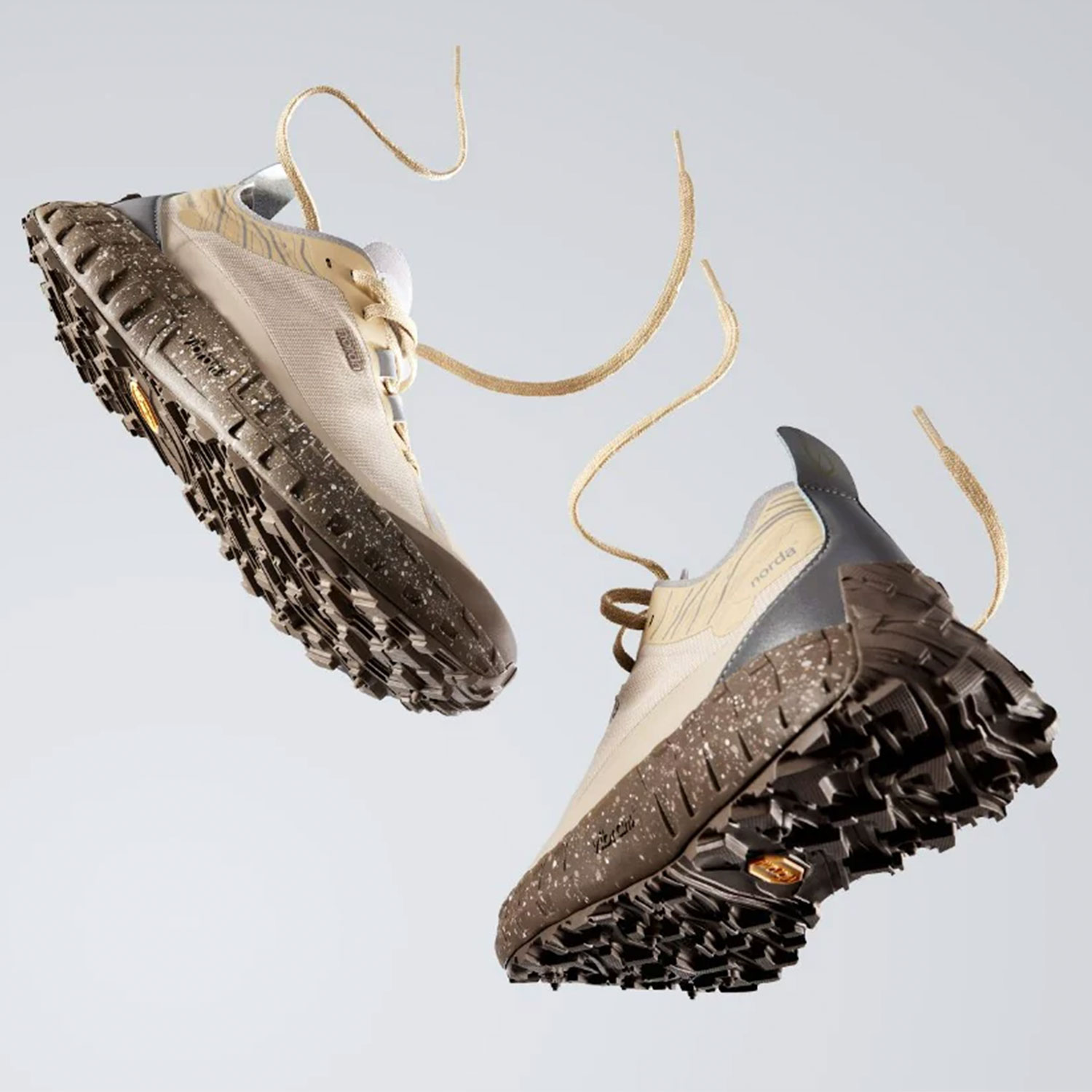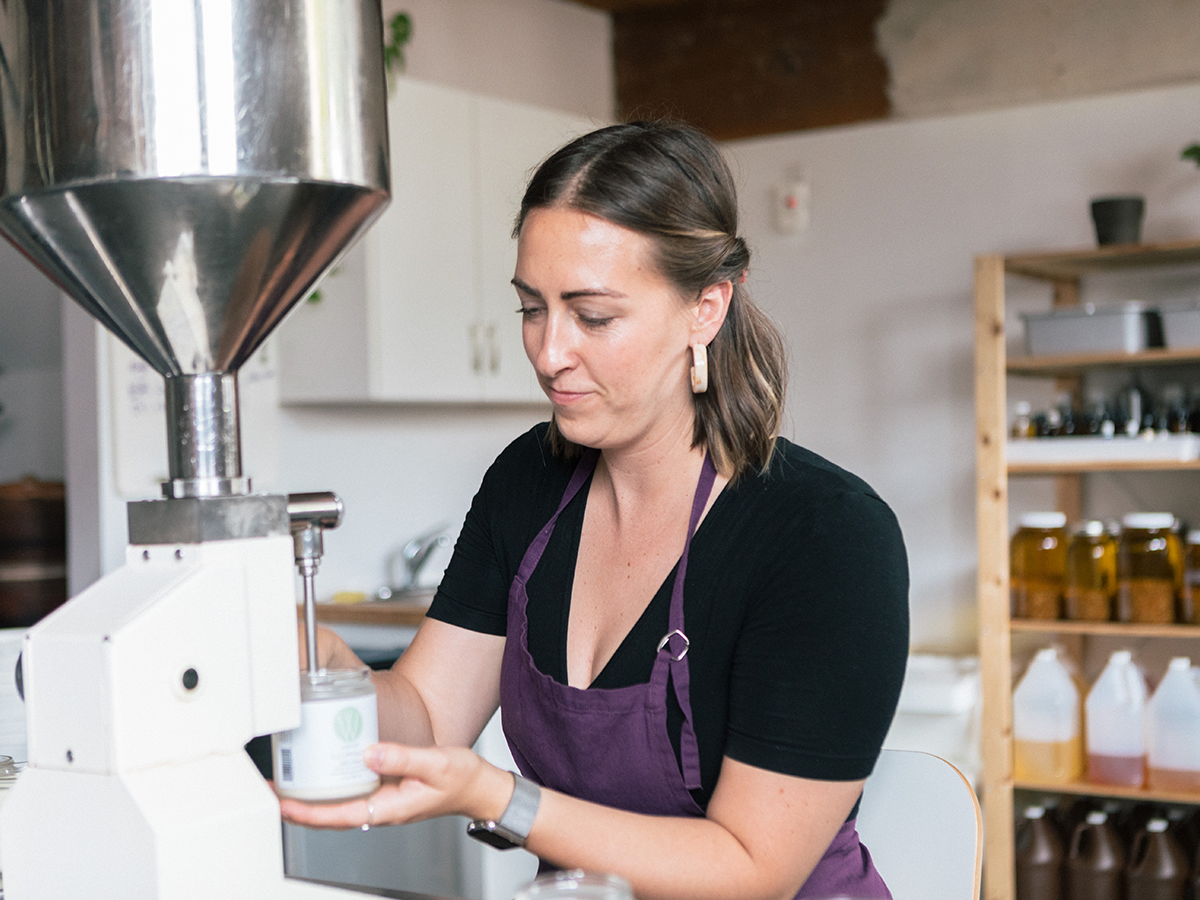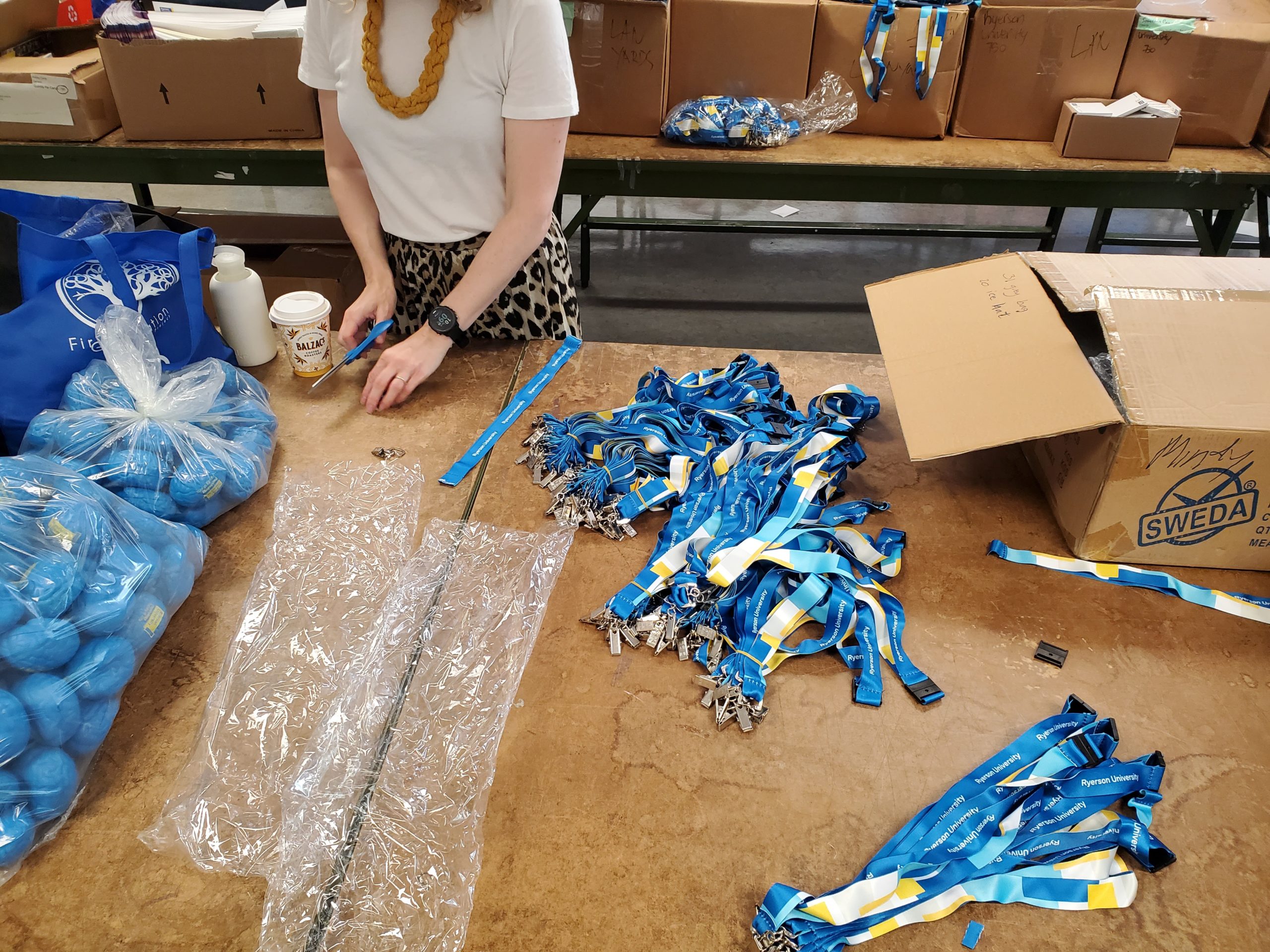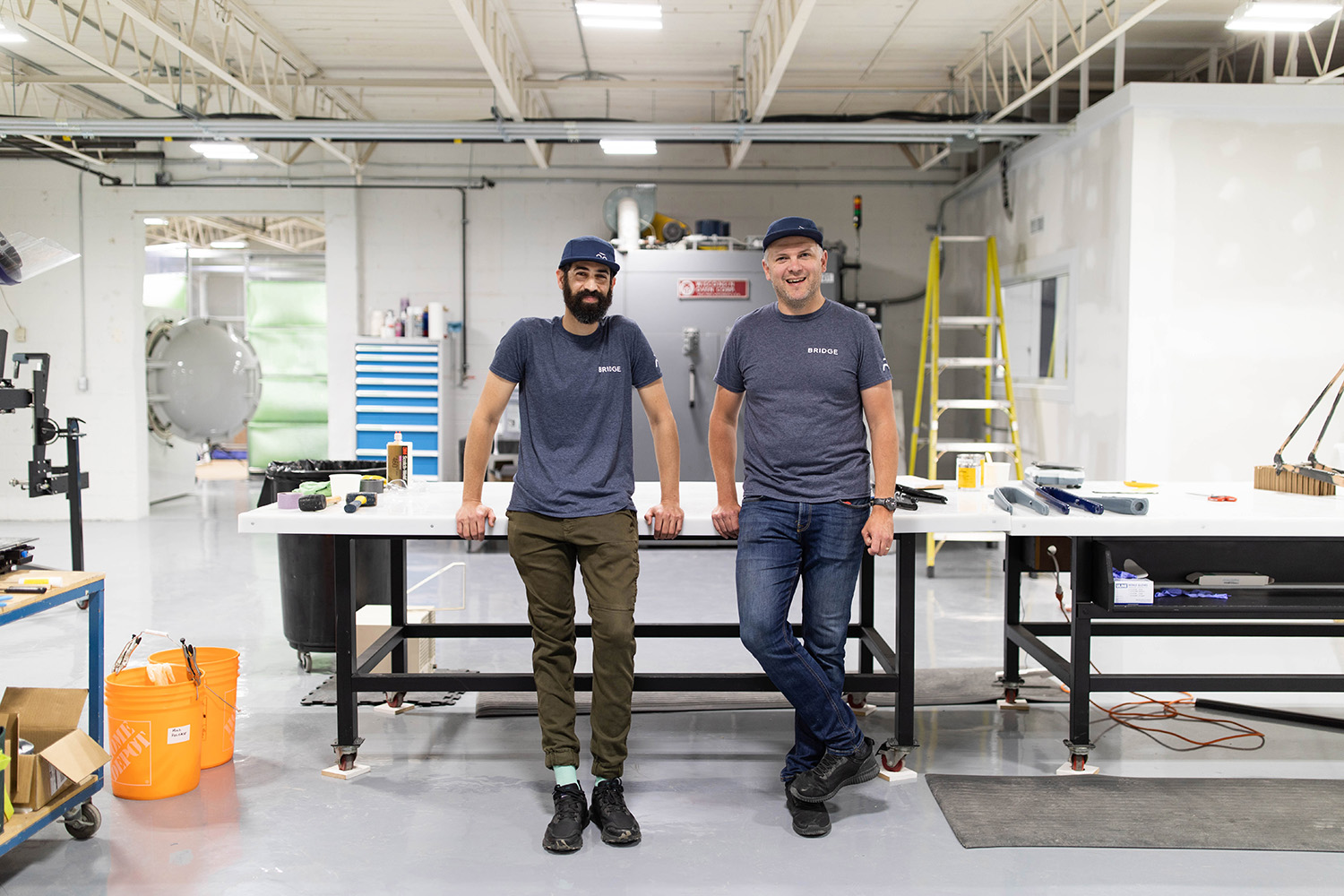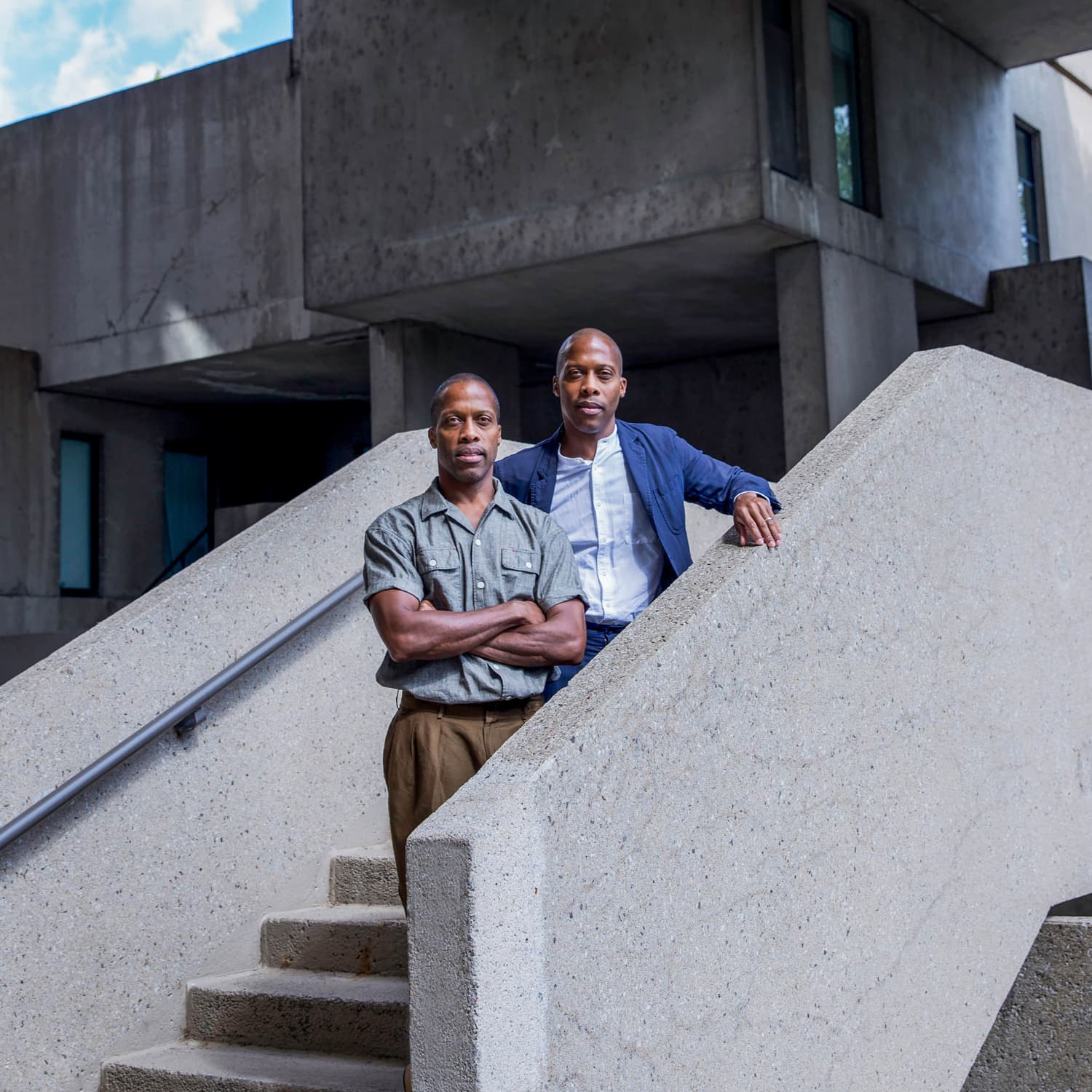How Adidas and Allbirds Created the World’s Lowest-Carbon Sneaker

The footwear industry is notoriously hard on the planet. The average sneaker’s carbon baggage is about 14 kilograms, and the category accounts for a whole fifth of the apparel industry’s total global climate impact.
Shortly before Covid, Tim Brown, co-founder of San Francisco-based Allbirds, and Zion Armstrong, president of Adidas North America—fellow New Zealanders who knew each other through industry circles—brought their teams together to do something about it. Their goal: to co-create what they believed would be the world’s lowest-carbon sneaker.
“It really was a meeting of the minds,” says Allbirds sustainability lead Hana Kajimura. “We brought expertise in integrating carbon-emissions calculations into product development while we looked to Adidas for their many decades of shoemaking experience.”
The cross-border team included counterparts from each brand—designers, material developers and sustainability experts—who began work on the shoe in the fall of 2019. They were unable to meet in person because of the pandemic, so the design process looked like a multi-time-zone relay race: The Adidas team, headquartered in Germany, would hand over the day’s progress to the Allbirds team at the start of theirs.
The result is the Adizero x Allbirds 2.94 CO2e. The shoe—on sale in April for US$120—clocks in at under three kilograms of carbon per pair for its full life cycle. Getting as close as possible to carbon neutrality without compromising athletic performance was a guiding design principle.
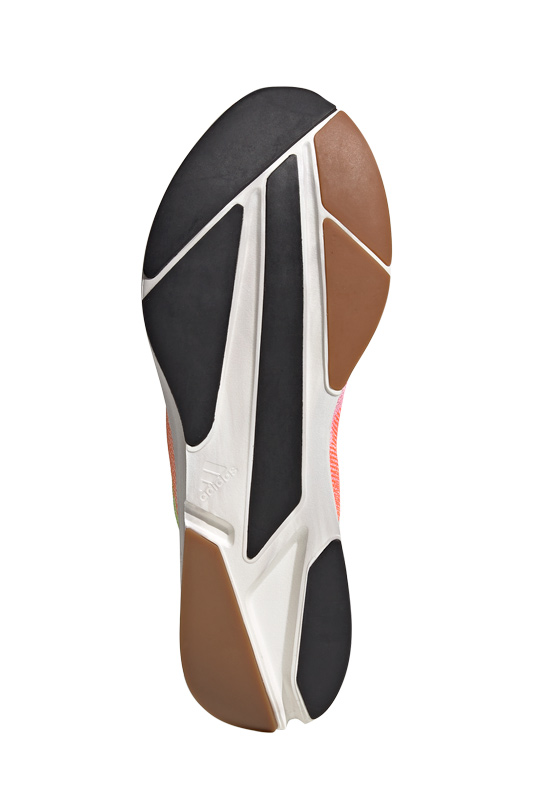
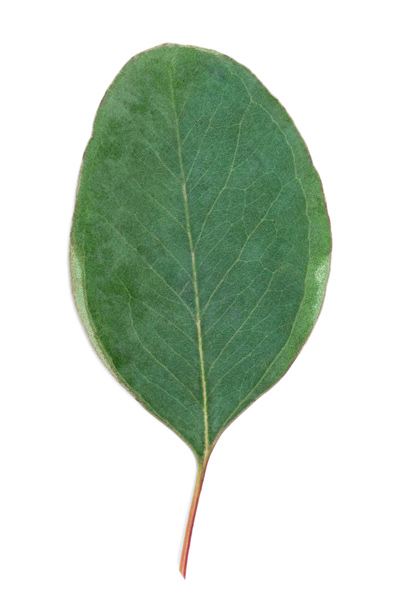
The shoe’s structure was inspired by Adidas’s line of runners designed for speed while its composition leveraged Allbirds’ advances in sustainable-materials development. The team gave special consideration to using renewable energy at factories, minimizing packaging (the shoebox is made from Forest Stewardship Council-certified cardboard) and shipping the product using biofuel-powered ocean liners instead of cargo planes.
“We hope this partnership offers a blueprint for the rest of the industry,” says Kajimura. “It shows that when you have discipline and creativity, you can make significant strides toward sustainability.”

